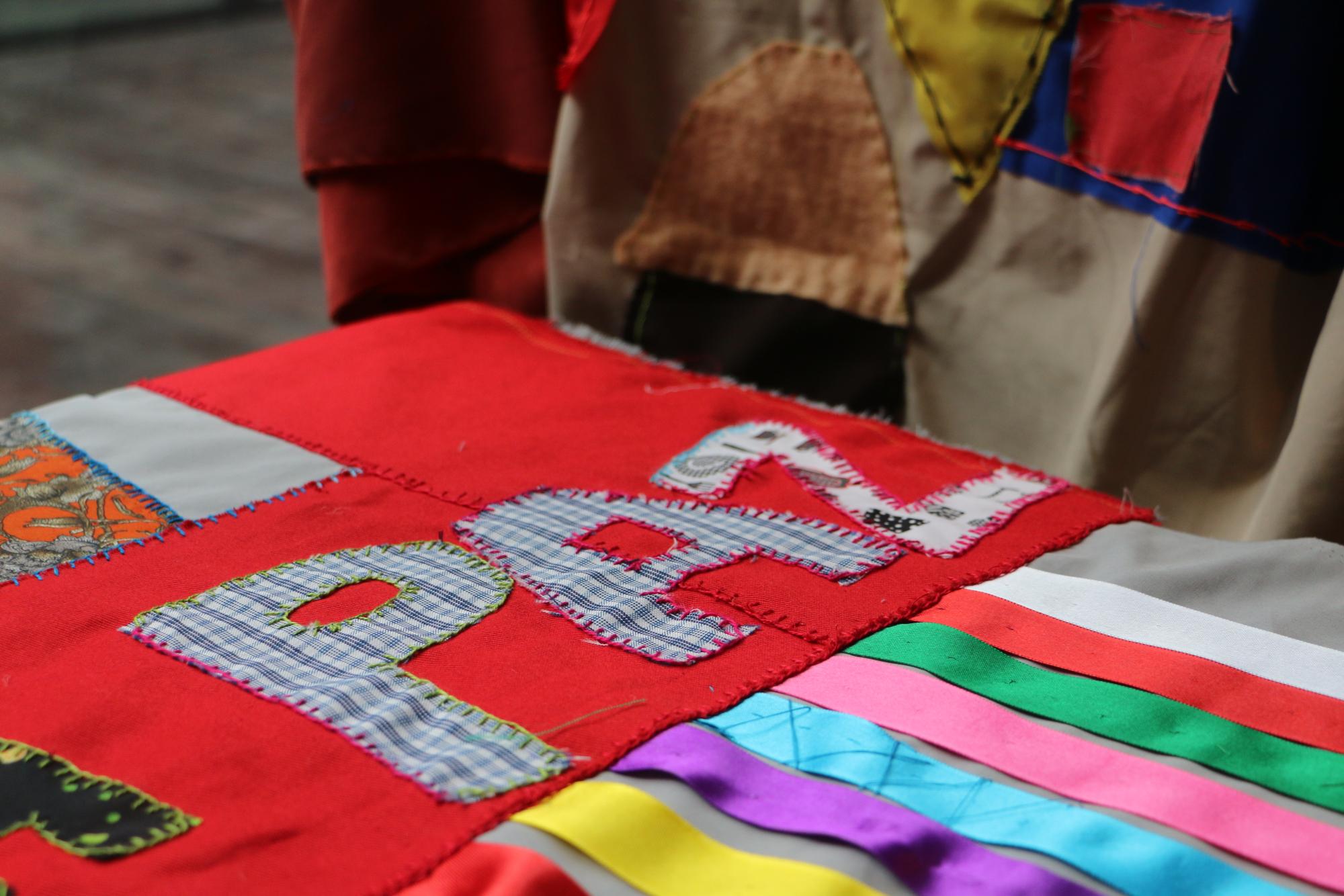


In 2016, the Peace Agreement in Colombia was signed, which gave an end to a more than 50-year old conflict. To understand the present, heal the wounds from the past, and build a solid peace fabric for the future, it is necessary to understand the complexity of its history and the contradictions that had been part of the country. This tour will make you understand key moments of Colombia’s history and then focus on its rebirth and future, through the voice and example of true peace weavers who are building new paths of hope and memory for the country. During the day you will have different stops at key points in the city that will guide you through this process.
The first stop will be at Parque Nacional, where a human-scaled country map can be found. Here you will understand the Colombian geography and the social and political struggles that have labeled its history. Continue to the Café Wasikamas, in the historical center, where an indigenous community serves and sell the price-winner special coffee that they grow in their indigenous reserve in the mountains of southern Colombia. Enjoy a coffee, while the Indians tell you about why their coffee business is a symbol of what the Peace Agreement. Afterward, visit the Plaza de Bolívar, the setting of La Toma del Palacio de Justicia, one of the most memorable episodes of violence in the country. Then continue walking a few blocks north to the corner where the charismatic political leader Jorge Eliécer Gaitán was murdered in 1948. The next stop is at Distrito Chocolate, a coffee shop/chocolate-shop, where you will be explained how cocoa has become the main resource for thousands of peasant families that have left coca illegal farming behind.
Afterwards, you will have the option to visit one of the following places of relevance within the context of the tour (choose only one):
– Fragmentos: a monument or public memorial of the Colombian plastic artist Doris Salcedo that is born from the weapons that the Farc laid down and made with the collaboration of women victims of the armed conflict. More than an artistic work, it is a space that invites an aesthetic reflection on what has happened in Colombia. In this space there is a talk about central issues, for example, how was the disarmament of the Farc, what role did the victims play and how does the judicial system work for ex-combatants.
– Centro de Memoria, Paz y Reconciliación: is a space made to rebuild the country’s memory and honor the people that suffered the most during the conflict. He you will observe the work made day by day by the women of the Costurero de la Memoria, weaving in cloth their stories, dreams, and sufferings as a way to heal the wounds of the past and create visions for the future.
– Museo Nacional de Colombia: vist the Memoria y Nación exhibit and observe the prize-winning textiles of the Tejedoras de Mampuján, a group of afro women from the Caribbean who received the National Peace Prize and who started the tradition of creating woven tales of Colombia’s armed conflict victims.
For last, you will have lunch at Salvo Patria, a restaurant with a native-food rescue philosophy and you will have the chance to talk with the chef about how the restaurant builds value chains with small producers to reactivate the rural areas and improve their inhabitants’ living conditions
DURATION: 6-7 hours.
NOTES: Museo Nacional and Fragmentos are closed on Mondays. Centro de Memoria Histórica is closed on Weekends. The tour is not available on Sundays. We offer a shorter version of this tour (3 or 4 hours) including insider access with expert, entrances fees, visit to Café Wasikamas, Distrito Chocolate and to one of the places to choose. There may be changes in the itinerary due to closures, weather conditions and other external factors. These changes will be notified in advance.

©2022 Colombian Journeys All rights reserved